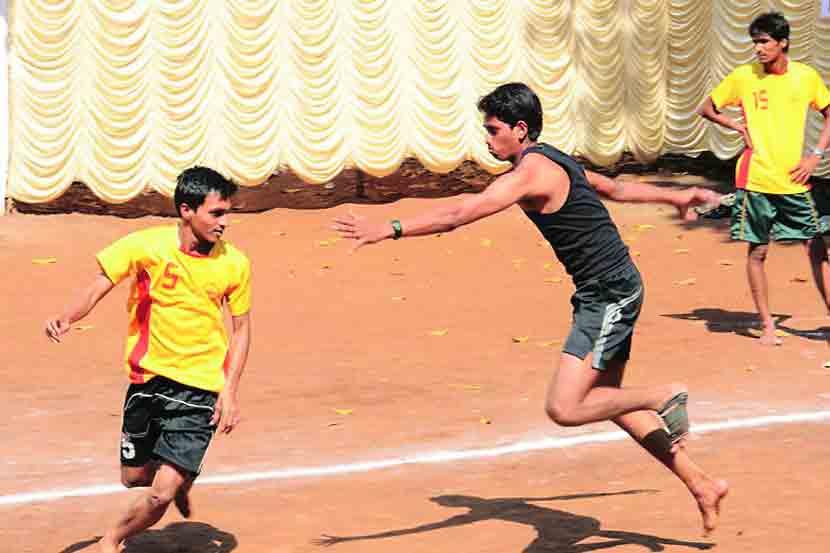In examining the impact of smart cricket ball technology on the performance enhancement of spin bowling, our methodology embraces a mixed-methods approach. This triangulation of data, integrating both qualitative and quantitative elements, allows for a robust analysis of Alex’s bowling technique.
Table of Contents

Data Collection Instruments
Smart Cricket Ball
Central to our study is the smart cricket ball technology. Embedded with sensors, the ball collects and transmits real-time data on spin rate, axis of rotation, and seam position. This information is crucial in understanding the mechanics of each delivery and in providing Alex with actionable insights to improve his performance.
Motion Capture Systems
Motion capture systems traditionally used in biomechanics research offer supplementary data. By tracking Alex’s movements during delivery, we gain an understanding of the kinetic chain involved in spin bowling. These systems enable us to correlate specific body movements with the data obtained from the smart cricket ball.
Participant Profile
Alex’s Cricketing Background
Alex brings a rich experience in semi-professional cricket to this study. His specialty lies in a diverse array of spin deliveries, and his past performances offer a substantial baseline for assessing the improvements brought by the smart cricket ball.
Ethical Considerations
Before commencement, Alex provided informed consent, understanding the objectives and potential implications of the study. Ethical guidelines were strictly followed, ensuring that Alex’s data was treated with confidentiality and used solely for the purposes of this study.
Experimental Design
Testing Conditions
The study was conducted in a controlled environment that simulated standard cricket playing conditions. The pitch was maintained at a professional standard, and weather conditions were monitored to ensure consistency.
Data Recording Sessions
Over several months, Alex’s bowling was recorded in a series of sessions, each designed to capture data across a range of deliveries. This longitudinal approach allowed for the assessment of performance over time, accounting for variables such as fatigue and learning effects.

Data Analysis
Performance Parameters
We focused on several performance parameters, notably the spin rate, seam position, and axis of rotation. These metrics were chosen for their direct impact on the ball’s behavior upon release and after pitching.
Statistical Approach
A variety of statistical tools, including regression analysis and ANOVA, were employed to analyze the data. This approach allowed for the examination of relationships between biomechanical movements, spin bowling techniques, and the resulting ball dynamics.
The next chapter will delve into the results of this rigorous methodological approach, examining the nuances of the collected data and interpreting the implications on Alex’s spin bowling performance.





